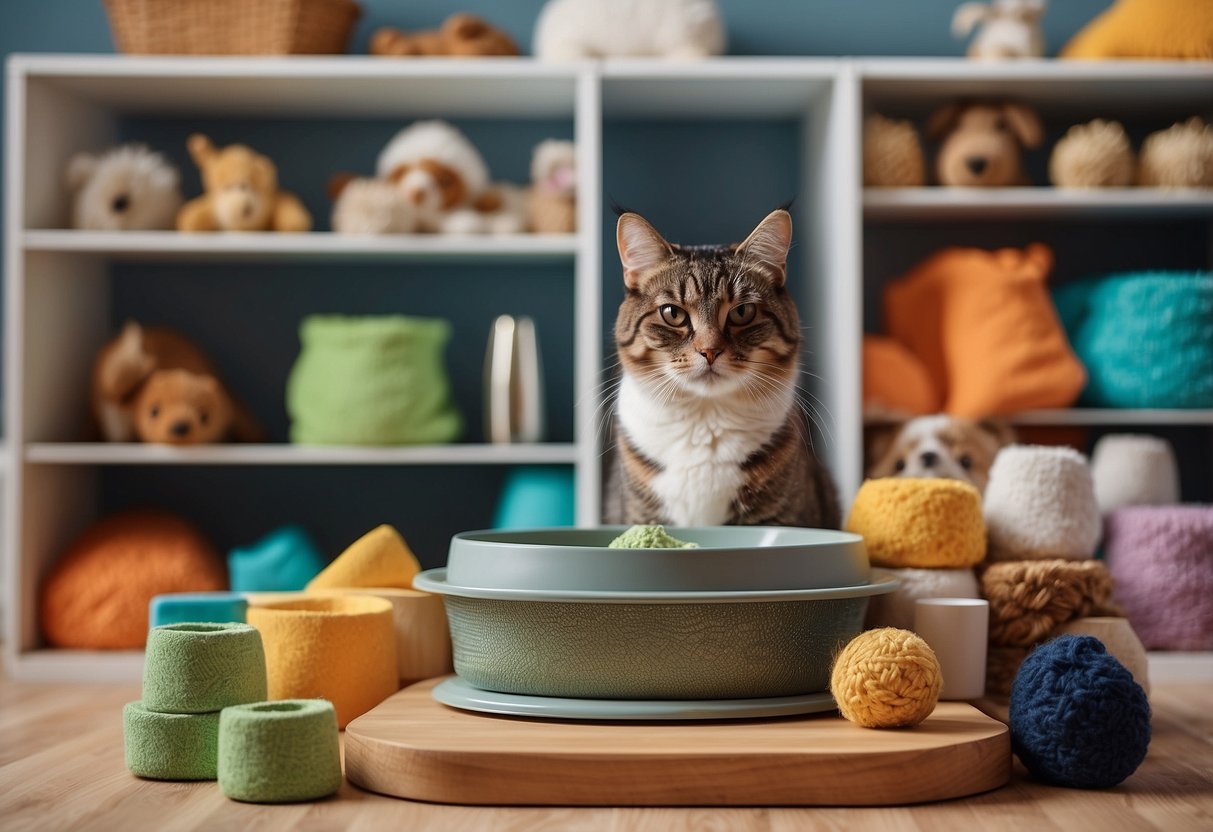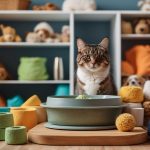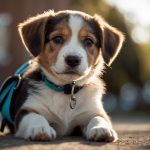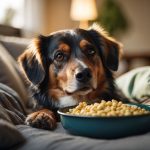
Bringing a new pet into your home is an exciting and joyful experience, but it also comes with responsibilities. Ensuring you have all the essential supplies for your new pet can make the transition smoother and more comfortable for both you and your furry friend. From food and water essentials to proper grooming tools and toys, being well-prepared helps set the foundation for a happy, healthy relationship with your pet.
Having the right food and water dishes is crucial. Sturdy, non-slip bowls are essential to prevent spills and messes, creating a clean feeding area. High-quality pet food tailored to your pet’s age, size, and dietary needs is vital for their health and development.
Grooming tools, such as brushes and nail clippers, will keep your pet looking and feeling their best. Appropriate chew toys and interactive playthings not only entertain but also promote physical activity and mental stimulation, which are key for a pet’s well-being. Making sure you have these supplies on hand can significantly impact your pet’s happiness and health from day one.
Essential Nutrition
New pet owners should focus on providing the right type of food and proper feeding accessories to ensure their pets stay healthy.
Dry and Wet Food
Both dry and wet foods are essential components of a pet’s diet. Dry food is convenient, easy to store, and helps maintain dental health. It provides the necessary crunch that can prevent plaque buildup on a pet’s teeth. Wet food, on the other hand, often contains higher water content which is beneficial for hydration. It also tends to be more palatable and closer to a pet’s natural diet, as it often has fewer fillers and more meat content.
When choosing between dry and wet food, it is important to read the labels carefully. Check for high-quality ingredients, such as real meat and whole grains. Avoid foods with excessive fillers, artificial colors, and preservatives. Balancing both types of food can provide a well-rounded diet. Introducing a mix of both can work well to cater to the different dietary needs of pets.
Food Bowls and Dispensers
Food bowls and dispensers are crucial for maintaining a pet’s feeding routine. Stainless steel and ceramic bowls are preferred due to their durability and ease of cleaning. They don’t harbor bacteria as plastic bowls can. Elevated bowls can be beneficial for larger pets or those with joint issues, making it easier for them to eat without straining.
Automatic dispensers can help regulate feeding times, especially for busy pet owners. These dispensers can portion out specific amounts of food throughout the day, ensuring that pets receive consistent nutrition without overeating. Cats, in particular, can benefit from slow feeders which prevent them from eating too quickly, reducing the risk of digestive issues. Whether using traditional bowls or advanced dispensers, making sure they are clean and well-maintained is essential to prevent contamination and ensure a healthy feeding environment.



